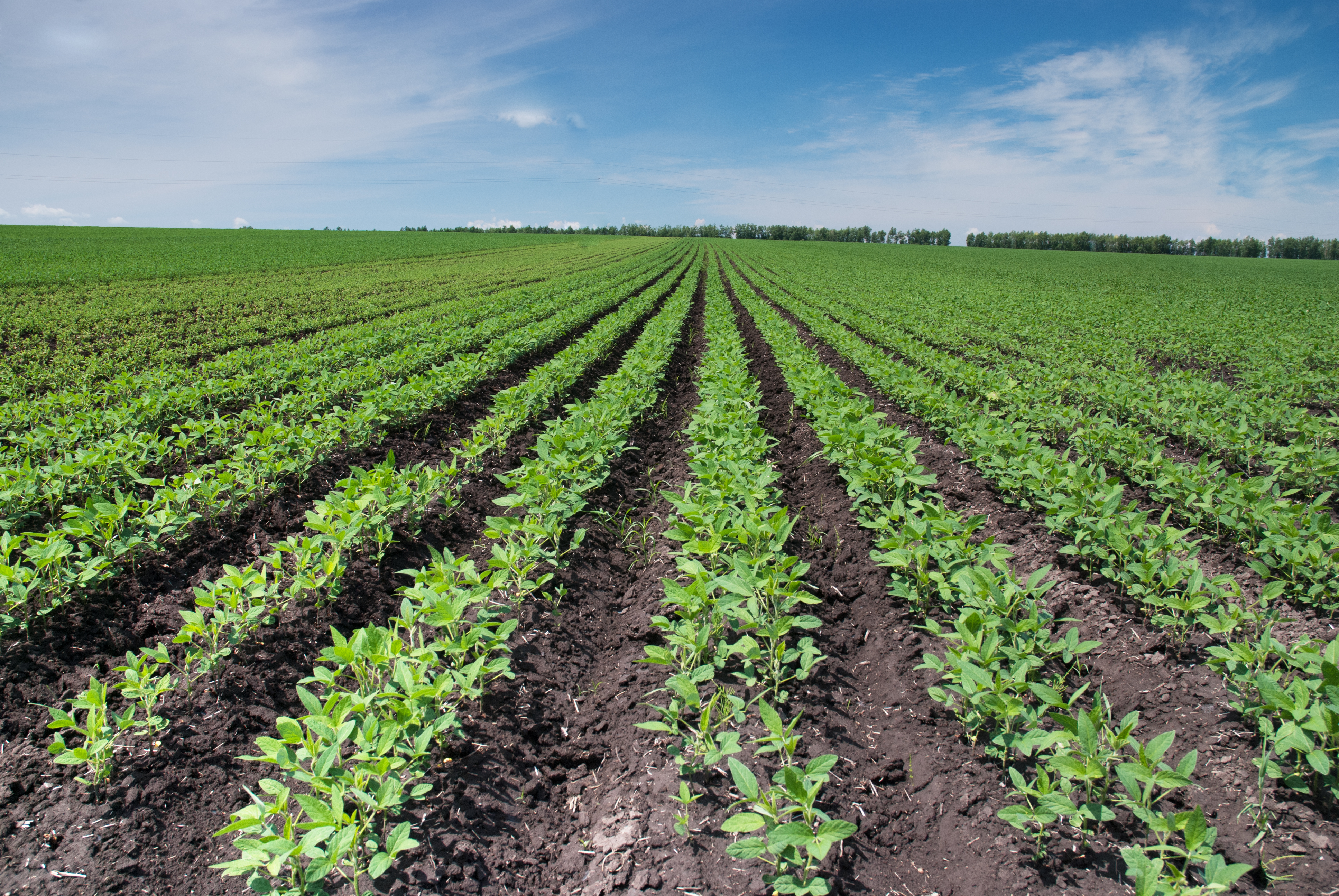Located in the southern part of the U.S., Florida offers plenty of sunshine and warm weather conducive to many types of crops, from fruit trees to vegetables to nursery stock. But that ideal location also places the state – and its growers – smack-dab in the middle of hurricane country. Every year, the state’s farmers experience crop – and business – related flood and wind damages mounting into the millions and billions of dollars.
There’s nothing you can do to control the stormy wrath of Mother Nature, but there are some things you can do to prepare for hurricane season, and we have a quick list of some of the most important steps you should take now to be ready for the start of the official hurricane season on June 1st.
- First, review your insurance. You might be a little skeptical since this blog is on an insurance company website, but even the experts at University of Florida’s extension service agree making sure you have enough insurance before a storm hits is one of the most critical things you can do to limit your wind and flood damages and protect your business’ assets. The agents at Atlantic-Pacific have a long history of helping agriculture businesses evaluate their insurance needs to help balance risk and minimize losses, so be sure an insurance review is at the top of your hurricane preparedness list for your business.
- As everyone who’s ever lived through hurricane season knows, a mad rush to local stores to stock usually immediately follows the announcement of a storm up. Your plan can anticipate supply shortages by stocking up head of time, including making sure you have plenty of equipment like shovels, axes and saws that might be necessary during storm cleanup and recovery. Also, be sure you have plenty of fuel (stored safely) and spare parts for essential machinery, including generators used to power drainage and irrigation equipment.
- If you’re a fruit tree grower, take some time to prioritize your groves in terms of which ones should be reset and which ones can be cleared away and replanted. Make sure your workers know how to properly top trees damaged by wind and flood.
- Because storms can spread diseases and weed seeds far and wide, it’s also important to prepare by applying fungicides, bactericides and herbicides to your crop fields ahead of an impending storm. According to the extension service, new weed problems are very likely in the year following a major hurricane, so be ready to apply a little extra vigilance in preventing weed growth once the storm has passed as well.
- No matter what your crop, the extension service’s Disaster Handbook reminds all growers that three of the most critical priorities following a hurricane or other major storm are to assess damage, begin the insurance-filing process ASAP, and set up temporary systems like drainage, shade and irrigation systems to preserve and salvage crops and other materials wherever possible.
For more information about hurricane preparedness for farmers, review the University of Florida/IFAS Extension Disaster Handbook and scroll down to the section (on the left-hand side of the page) called “Special Concerns for Agricultural Producers.”
Categorised in: Uncategorized